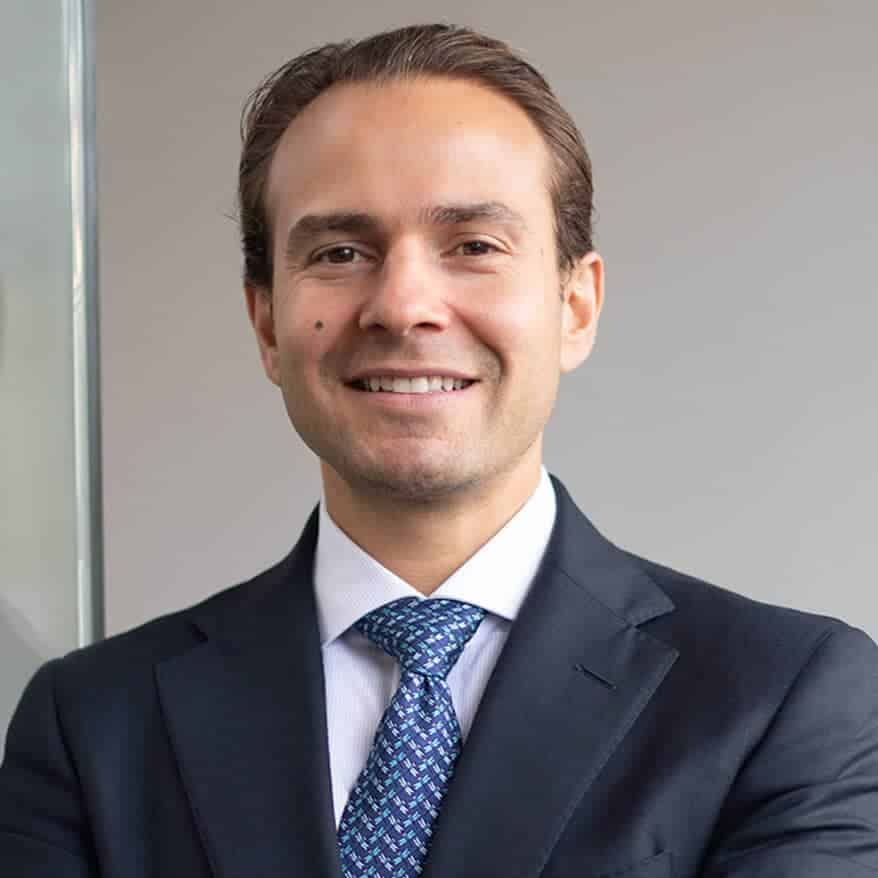Esophageal Tear During Anterior Cervical Discectomy Procedure
Updated on
Case Overview
This clinical otolaryngology case involves the complications and necessary follow-up surgeries sustained after an elective anterior cervical discectomy and fusion procedure. It was determined several weeks after the initial procedure that the patient suffered a perforated esophagus. The operative report does not mention any complications during surgery and does not make note of any signs of a tear or perforation. A few weeks following the discectomy, the patient began to complain of throat pain and difficulty swallowing. Approximately six to eight weeks after surgery, an infection was suspected and the patient underwent an imaging study that revealed subcutaneous air and crepitus. The patient was taken in for exploratory surgery to inspect and clean the infected area. This procedure was conducted without further complication, yet the tear in the esophagus was still unidentified. A second exploratory surgery was performed that finally indicated that a peri-esophageal infection and perforation was present and appeared to be related to the patient’s original cervical fusion surgery.
Questions to the Orthopedic Surgery expert and their responses
What is the standard of care in diagnosing this complication?
Clinical suspicion and esophography are important diagnostic tools.
How should it have been treated?
Treatment usually consisted of drainage, repair, and parenteral antibiotics. Two cases were successfully treated by enteral feeding and antibiotics alone.
About the expert
This expert is a Board Certified Orthopedic Surgeon that was trained at New York University School of Medicine. He attained an advanced fellowship in Spinal surgery from a top medical center in Wisconsin. Currently he is affiliated faculty at a major regional healthcare center, as well as a clinical instructor at a top medical university.

E-004835
Specialties:
About the author
Michael Talve, CEO
Michael Talve stands at the forefront of legal innovation as the CEO and Managing Director of Expert Institute. Under his leadership, the Expert Institute has established itself as a vital player in the legal technology arena, revolutionizing how lawyers connect with world-class experts and access advanced legal technology. Michael's role involves not only steering the company's strategic direction but also ensuring the delivery of unparalleled intelligence and cutting-edge solutions to legal professionals. His work at Expert Institute has been instrumental in enhancing the capabilities of attorneys in case preparation and execution, making a significant impact on the legal industry's approach to expert consultation and technological integration. Michael's vision and execution have positioned the Expert Institute as a key facilitator in the intersection of law and technology.
Subscribe to our newsletter
Join our newsletter to stay up to date on legal news, insights and product updates from Expert Institute.
Sign up nowFind an expert witness near you
What State is your case in?
Subscribe to our newsletter
Join our newsletter to stay up to date on legal news, insights and product updates from Expert Institute.



